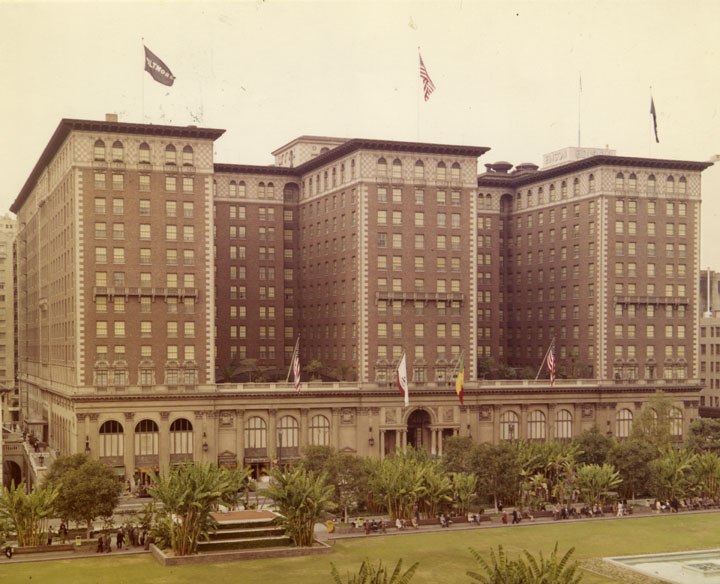About 12:20 p.m. on January 9, 1947, Elizabeth Short and Robert “Red” Manley left the motel where they had spent the night. Beth met Red, a traveling salesman, in San Diego. She decided to return to Los Angeles, and contacted him for a ride. .
He picked her up at the home of the French family where she had worn out her welcome. They offered her a place to stay for a few days. She lounged on their sofa for a month.

What did Beth and Red talk about during the couple of hours that it took them to drive back to Los Angeles from San Diego? Red noticed some scratches on her arms and asked her about them. She concocted a story about a jealous boyfriend—an Italian with black hair living in San Diego—who she alleged had scratched her. Beth probably made the scratches herself. Maybe insect bites? Beth lied to Red a few times more before their day together ended.

Following a platonic night in the motel room–Red passed his self-administered love test. Lucky Harriette. He still had a problem; he’d been out of touch with his wife for a couple of days. How would he explain his silence? Any guy capable of devising a ridiculous love test could come up with an excuse for being incommunicado for a couple of days.
In my mind’s eye, I see Beth and Red seated across from each other on the bench seat in his Studebaker, each lost in thought. Beth may have wondered what she’d do once she hit L.A. Maybe she’d go to friends in Hollywood. If she was lucky, someone would have an empty bed for her. Her immediate difficulty was Red. How would she get away from the well-meaning guy for whom she felt nothing?
Once they arrived in the city, Beth told Red that she needed to check her luggage at the bus depot. He took her there and Beth was ready to wave goodbye to him and be on her way–but he wouldn’t leave. He told her he couldn’t leave her in that neighborhood on her own. She insisted she would be fine, but he wouldn’t hear of it.
Beth had a few minutes while she checked her bags to make a plan to ditch her red-headed shadow. When they returned to his car, she told him she needed to go to the Biltmore Hotel to wait for her sister, Virginia. It was a lie. Virginia was in Oakland, hundreds of miles to the north.
Red drove her several blocks back to the Biltmore Hotel. The main lobby was on Olive Street, opposite Pershing Square. Beth thanked Red. He had been a gentleman. He’d paid to have taps put on the heels and toes of her pumps, and of course he’d paid for meals and the motel room. She thought he would drive off and leave her, but once again, he said that he didn’t feel comfortable putting her out of the car on her own.

He parked, and the two of them waited in the Biltmore’s lobby for a couple of hours. Finally, Red realized he couldn’t wait any longer. He said he had to go. She told him she would be fine, and that she expected her sister to arrive at any moment.
Red left her at 6:30 p.m. Beth watched him go–gave him a few minutes, and then she exited the hotel and turned south down Olive Street.
She may have been going to the Crown Grill at Eighth and Olive. She’d been there before and perhaps she hoped to bump into someone she knew; after all, she needed a place to stay.

When asked if they’d seen Beth, most of the patrons were reluctant to talk to the police because the bar led a double life. By day, it catered to the lunch crowd. Dark enough to be cozy for cocktails for a man escorting a woman, not his wife. By night, the clientele changed to gay men. Because homosexuality was illegal, there were only a few places where men could meet.
No one could say for sure that Beth was in the bar on the 9th—and if she was there, no one saw her leave.
I find it sad that no one missed Beth. She had no family here, and no close friends. She was the perfect prey. With no any credible sightings of her, it is likely that Beth’s killer kept her captive from January 9th until the morning of January 15th, when he murdered her. What did he say to her? Did she plead for her life? It is terrifying to contemplate.







